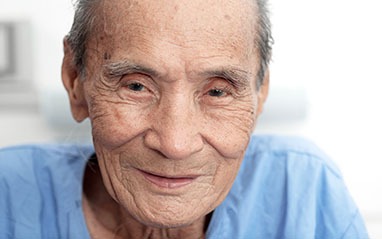In the course of admitting Mr. Yan for his procedure, Susan notices the procedure consent form—typically completed at the physician's office or the pre-admission clinic— is not signed.

Susan tries to confirm with Mr. Yan that he has consented to the procedure, but they are having difficulty understanding each other. When Susan asks questions in English, Mr. Yan responds in Cantonese. Susan calls a hospital interpreter.
When the interpreter arrives, Susan learns that Mr. Yan did speak to the physician performing the procedure. He states, through the interpreter, that he knows he needs the procedure and agreed to have it at this time. He remembers little else about the conversation.
What are Susan's professional responsibilities?
Susan knows when she is involved in care or treatment provided by another health professional, she has a professional responsibility and ethical obligation (as per the Professional Standards) to respect and promote the client’s right to be informed and make informed choices. Regardless of whether Mr. Yan has signed the consent form, Susan knows she must:
- Confirm Mr. Yan’s identity and verify that he has consented to the procedure
- Check to see if he has sufficient information and understanding about the procedure, and if not, help him understand the information provided by the physician
- Advocate for him to get more information as needed